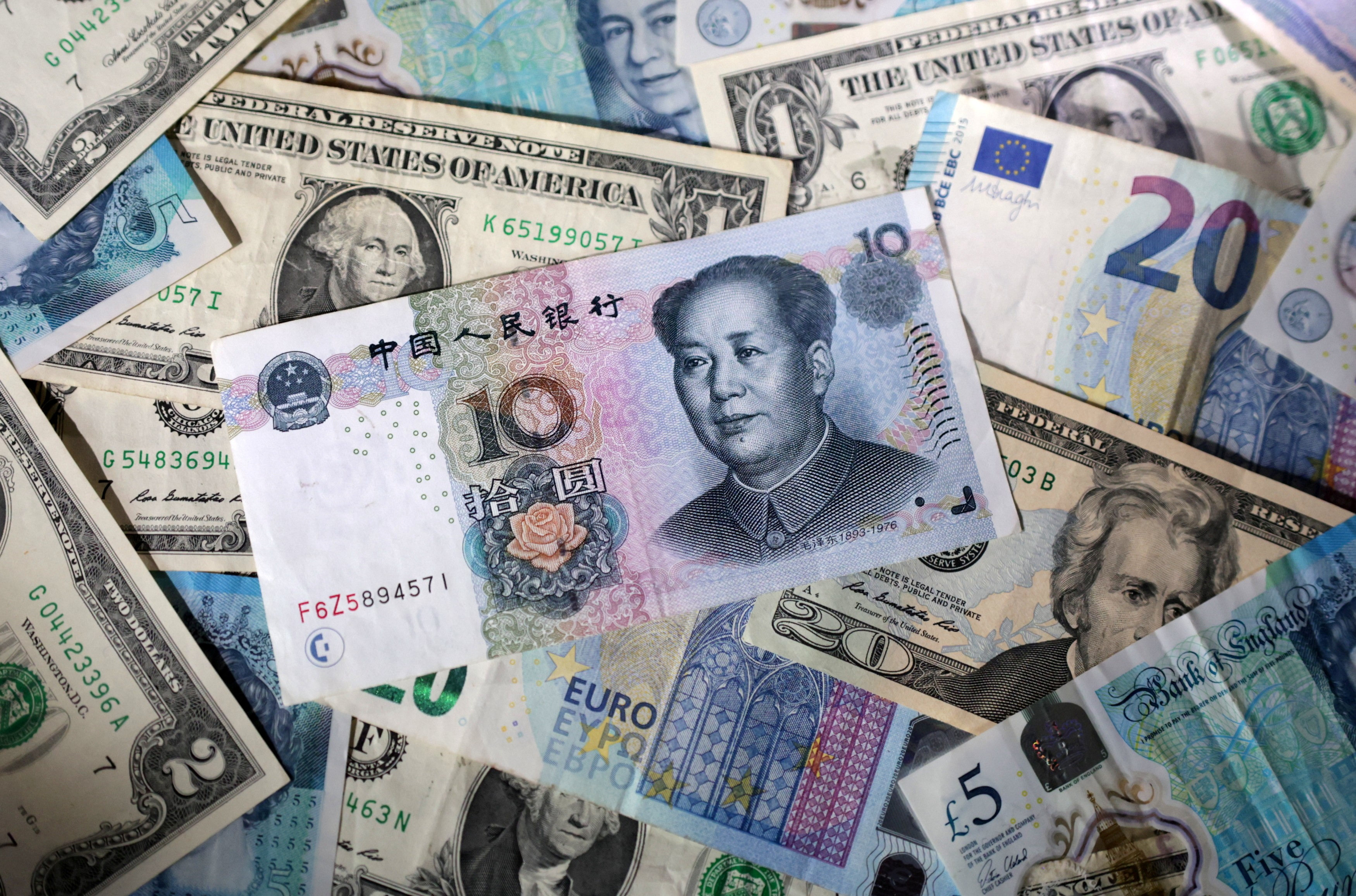By Sylvia Ma
Copyright scmp

As China continues to cut its US Treasury holdings – reaching a near 17-year low in July as concerns over assets backed by the US dollar mount – analysts said the country’s central bank could be pivoting to European assets and perennial safe haven gold as more reliable investments.
Beijing’s stockpile dropped to US$730.7 billion in July, down US$25.7 billion from June, according to data released by the US Treasury Department on Thursday.
July’s figure was the lowest reported since January 2009, and a 45 per cent plunge from the record US$1.32 trillion recorded in November 2013, according to Chinese financial data provider Wind.
Ding Shuang, chief Greater China economist at Standard Chartered, said while it remains unclear how the People’s Bank of China is specifically allocating its foreign exchange reserves, international investors have been gradually shifting from US dollar-denominated assets to those backed by European currencies this year.
“Looking ahead, the depth and breadth of European bonds is likely to continue to expand, which could potentially provide an alternative [for the PBOC],” he added.
Alicia Garcia-Herrero, chief Asia-Pacific economist at Natixis, held a similar view, adding that China might also be increasing its holdings of the euro – given a rise in exports to Europe in recent months – as well as other currencies such as the British pound and Swiss franc, which could be contributing to the rise in its foreign exchange reserves.
The decline in China’s Treasury holdings comes as the country’s economists continue to warn of the weaponisation of the US dollar amid rising tensions between the two superpowers, coupled with ongoing concerns over the sustainability of US debt.
Worries over the fiscal health of the US government intensified in July when US President Donald Trump signed the “One Big Beautiful Bill Act” into law, raising the federal debt ceiling and adding an estimated US$4.1 trillion to the national deficit through 2034 according to a projection from the Congressional Budget Office.
Having already slipped to third place among foreign Treasuries holders in March – falling behind Japan and the United Kingdom – China kept up its steady retreat from US government debt in July, a trend that began during Trump’s first term and has largely continued without interruption.
In contrast to its cutting of Treasuries holdings, China’s total foreign exchange reserves reached a 10-year high of US$3.32 trillion in August, according to official data, an increase of nearly US$30 billion from July.
Like many of the world’s central banks, the PBOC has expanded its reserves of gold, a safe haven for state institutions as well as private investors in uncertain times.
Its gold holdings reached a record 74.02 million ounces in August, extending its gold-buying streak for a 10th consecutive month.
Xu Tianchen, a senior economist at the Economist Intelligence Unit, provided an alternative theory for the decline: China could be increasing its indirect holdings through custodians in Belgium and Luxembourg, and may have acquired other types of US assets like agency bonds.
In contrast, overall foreign holdings of US Treasuries continued to rise in July, reaching an all-time high of US$9.16 trillion driven in part by the world’s two largest buyers. The UK’s holdings jumped by US$41.3 billion to a new high of US$899.3 billion, while Japan’s rose to US$1.15 trillion.



